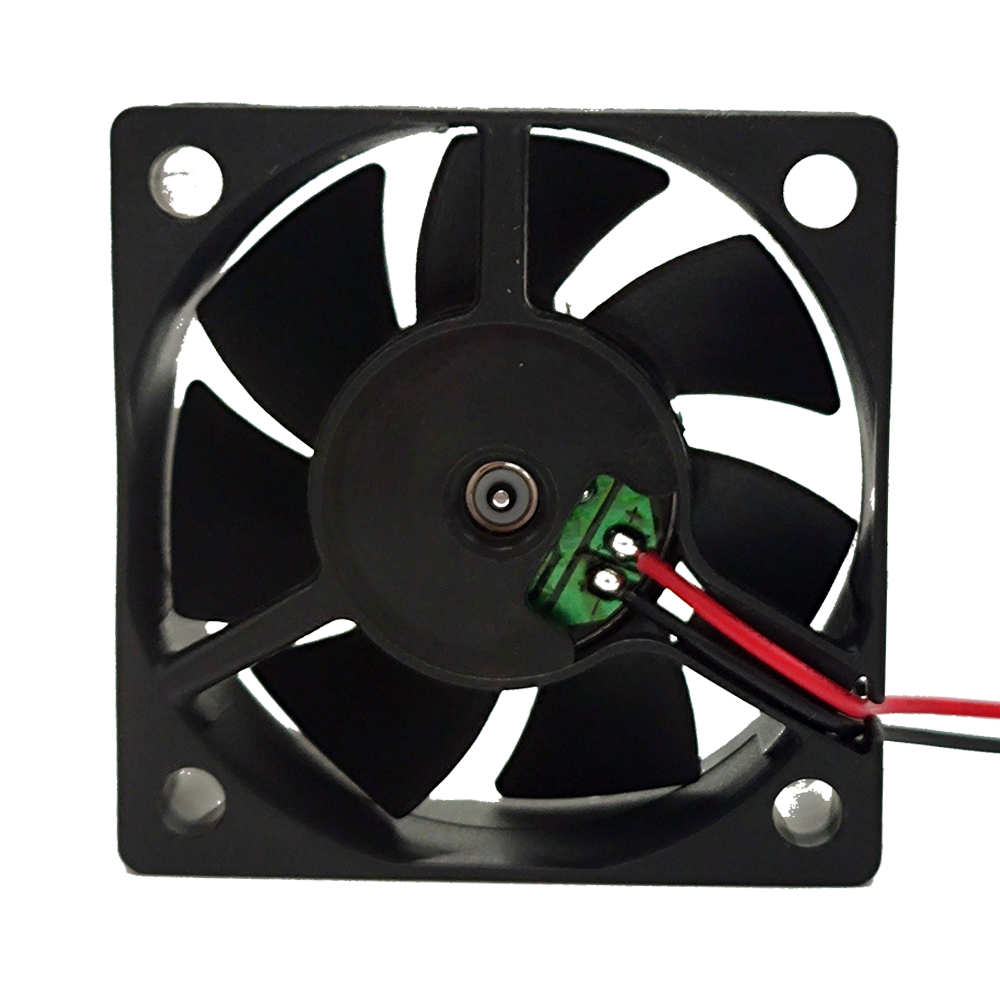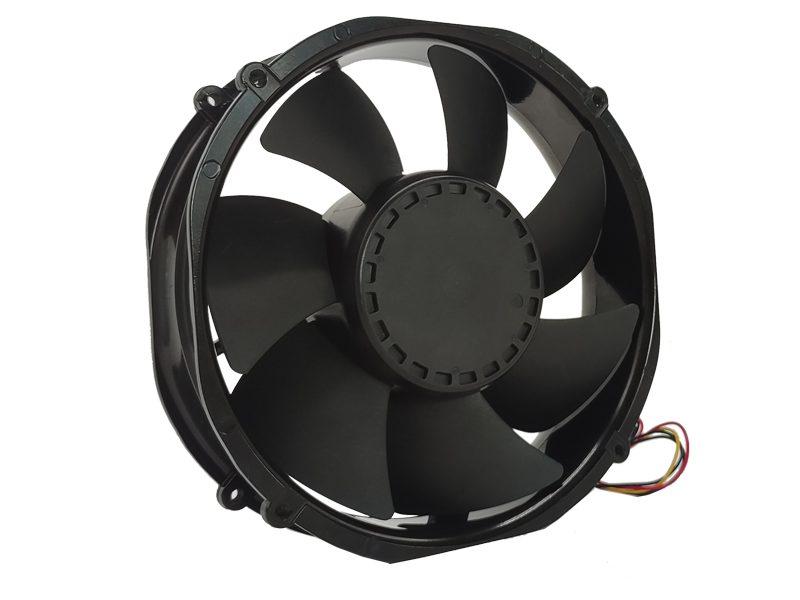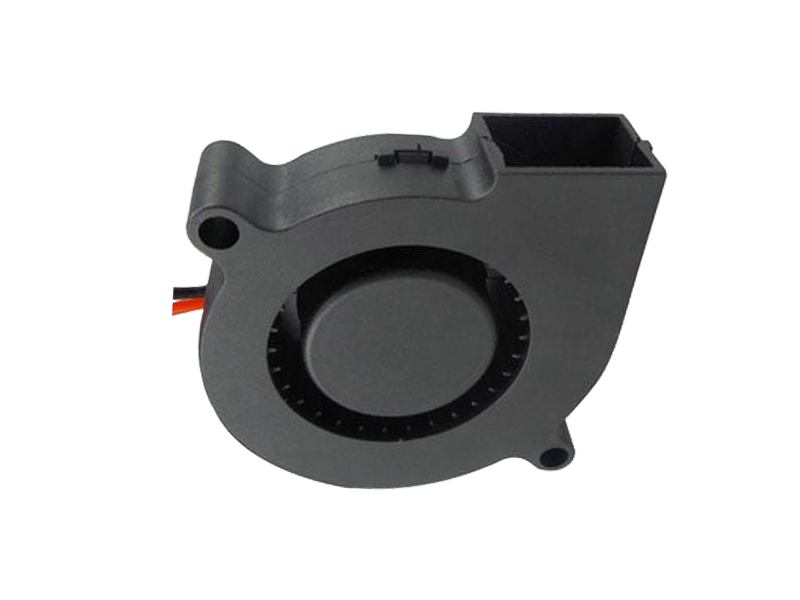The industrial fan sector is undergoing a paradigm shift driven by computational fluid dynamics (CFD) breakthroughs and materials science advancements. Modern designs now treat air as a manipulable medium rather than a passive element, creating solutions that deliver 30% greater airflow efficiency while consuming 20% less energy compared to five-year-old models.
1.1 Bionic Blade Design
Engineers are decoding nature's aerodynamic secrets through biomimicry:
Whale fin-inspired profiles: Copying the tubercle-edged flippers of humpback whales reduces vortex formation, enabling 15% higher static pressure at equivalent noise levels
Owl wing microstructures: 3D-printed serrated trailing edges mimic feather barbules, cutting turbulent noise by 4dB(A) without sacrificing airflow
Scallop shell geometries: Curved blade surfaces derived from bivalve mollusks improve laminar flow attachment, boosting efficiency in high-humidity environments
A case study from a cement plant in Germany reveals how bionic fans reduced kiln cooling energy by 28% while maintaining material integrity through precise temperature gradient control.
1.2 Smart Impeller Systems
Variable pitch impellers are transforming fixed-speed paradigms:
Electroactive polymer actuators: Replace traditional hydraulic pitch mechanisms with solid-state systems responding to 1ms current pulses
Self-optimizing angles: Onboard IMUs (inertial measurement units) adjust blade angles 1,200 times per second to maintain optimal aerodynamic incidence
Fail-operational redundancy: Dual-redundant actuators ensure continuous operation even during component failure, critical for nuclear ventilation systems

A petrochemical complex in the Middle East achieved 22% energy savings by deploying smart impellers that auto-adjust to diurnal temperature swings and process load variations.
1.3 Boundary Layer Disruption Technologies
Active flow control is conquering the "no-slip" condition:
Dielectric barrier discharge (DBD) plasma actuators: Embedded in blade leading edges, these create micro-turbulence to delay flow separation
Synthetic jet actuators: Pulsed air jets from blade surfaces re-energize boundary layers, maintaining attachment at 15° higher angles of attack
Surface vibration modulation: Piezoelectric shakers at 20-40kHz prevent laminar separation in dust-laden environments
Tests in Australian mining operations show these technologies reduce dust accumulation on fan blades by 78%, extending maintenance intervals from weekly to quarterly.
Recommended Products

The main purpose:Car charging station

The main purpose:Car charging station

The main purpose:Electronic refrigerators, water dispensers, direct drinking machines, inverter power supplies
Address:No. 4137, Longgang Avenue (Henggang Section), Henggang Community, Henggang Street, Longgang District, Shenzhen
hotline:13530005572(Chen)15112579390(Li)


Welcome all friends to come for consultation and negotiation.
Copyright 2024 @ Shenzhen Youneng Xinyuan Electronics Co., Ltd.,(industrial fans,industrial blowers,axial fans,cooling fans manufacturer,centrifugal fans,ac cooling fans,dc cooling fans)